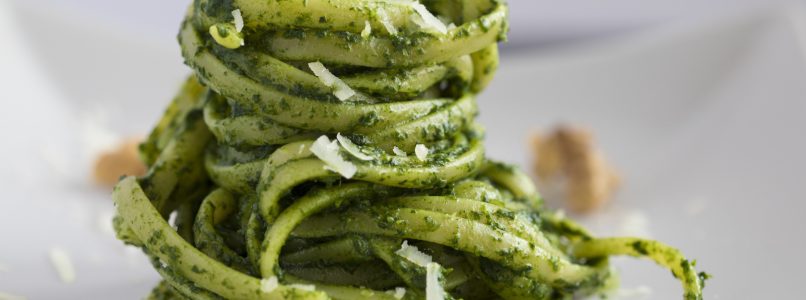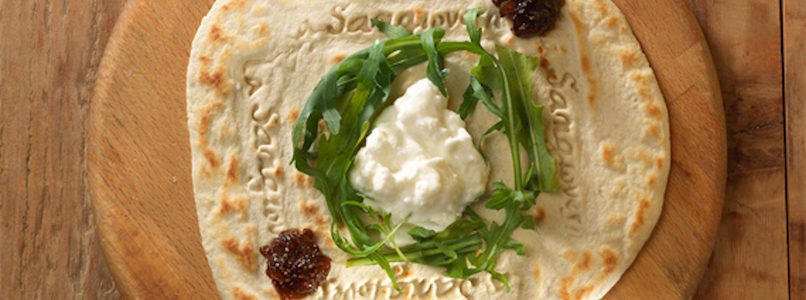They produce Pigato, have a widespread farmhouse with apartments in the village of Bastia and soon a restaurant. To discover Liguria, and meet a family with 4C.
The history of the Vio family is the history of many Italian peasant families, but theirs has a happy ending. The Vio family has been cultivating for three generations in the Albenga plain, an area with an excellent microclimate and fertile soil, where the first fruits were once grown and then arrived in the stalls of the northern gardeners. Then Italy changed, the small shops were replaced by supermarkets and fruit and vegetables began to travel for thousands of kilometers, crossing national borders. But while many chased higher yields and safer harvests, looking for answers in foreign pesticides and crops, they went the other way. Today they cultivate aromatic herbs and produce olive oil and wine, all strictly organic. "The use of pesticides, herbicides and chemical fertilizers is not part of the local tradition and we have done nothing but continue with the habits of the past. Cultivating organic is not a technical or economic choice: it is simply cultural ", explains Aimone Giobatta who, together with his wife Chiara, has always believed in organic, obtaining certification in 1989 and the land since 1999. Today together with his daughters Caterina, Camilla and Carolina manage theBioVio company, from the harvest to the daily packaging of aromatic herbs, the vineyard and cellar, from the welcome in the farmhouse to the future restaurant that is about to be born.
The intuition of aromatic herbs
Starting from Bastia, the headquarters of the company, aromatic herbs are grown in the ingauna plain while going up the valley that follows the Arroscia course to reach Ranzo and the high lands of the province of Imperia, vineyards and olive groves have always been worked on. «Wild thyme, sage, rosemary grow spontaneously here. The Ligurian climate and land are perfect for herbs, they have a more intense aroma and flavor. These are aromas that once the gardener gave you, but when supermarkets were born my father began to convert the company from horticultural to aromatic herbs and to pack them to sell them in large distribution: sage, rosemary, thyme, mixed bunches, dowry for the broth … , says Camilla, who today takes care of the administration. "My father was a visionary: herbs are the backbone that allowed us to dream, to plant new vineyards, to create our own label, to preserve the olive grove. While everyone was leaving the hills towards the sea, we invested here .
The award-winning Pigato
«We make wine in the vineyard, not in the cellar. We have taken up vines such as pigato, which were vinified at home for family consumption and not much appreciated , says Caterina, the eldest of the sisters and winemaker. "Here wine was not a product to be sold, people lived on oil and vegetables and therefore grapes were only for self-consumption. We, on the other hand, believed in local varieties, in the typical characteristics of the vine and in the territory . Quality wine in Liguria is a concept of the last twenty years and Vio is one of those labels that has contributed to this rebirth, with bottles that have earned great recognition thanks to the integration with tourist hospitality. Aimone Vio was awarded Winemaker of the year 2017 from Gambero Rosso guide and their Bon in da Bon 2017, a Pigato Doc, he earned three glasses according to the Gambero Rosso Wine Guide 2019. The Grand Père certainly deserves a mention, a Pigato Doc processed according to the old vinification that was made on white wines by fermenting the wine in contact with the skins without adding selected yeasts, with 10 months of aging in tonneaux. And then there is the 4C, named after the four women of the house, who share the initial of the name – a 100% Rossese di Campochiesa rosé. “We work as natural as possible and have just launched an organic Pigato without sulphites,” explains Caterina. During the visit to the cellar you can also taste and buy theTaggiasca monocultivar extra virgin olive oil, collected in the centuries-old olive groves of the lands of Ranzo in the Arroscia valley, 350 m above sea level.
The widespread agritourism
In 40 years in Bastia, every time the town became depopulated, they bought abandoned houses to make them a widespread agritourism, where they could feel at home. Where to feel in the Liguria of the past. Or perhaps that of the future. At guests' disposal there are eight delightful apartments furnished with old grandmother's furniture. They can be rented for a couple of nights or the whole week and, if desired, with the addition of a breakfast Ligurian style prepared by mother Chiara together with Carolina, who takes care of the farm and who is working on the family's latest project: the opening of a real restaurant with which to rediscover Ligurian cuisine; that we actually know very little. «Ligurian cuisine is little known beyond the stereotype of pesto and focaccia, but which has many influences: sea, land, France, Sardinia, and the trade route that passed from Genoa to Piedmont. Stay tune.

